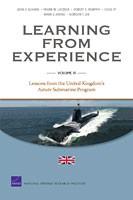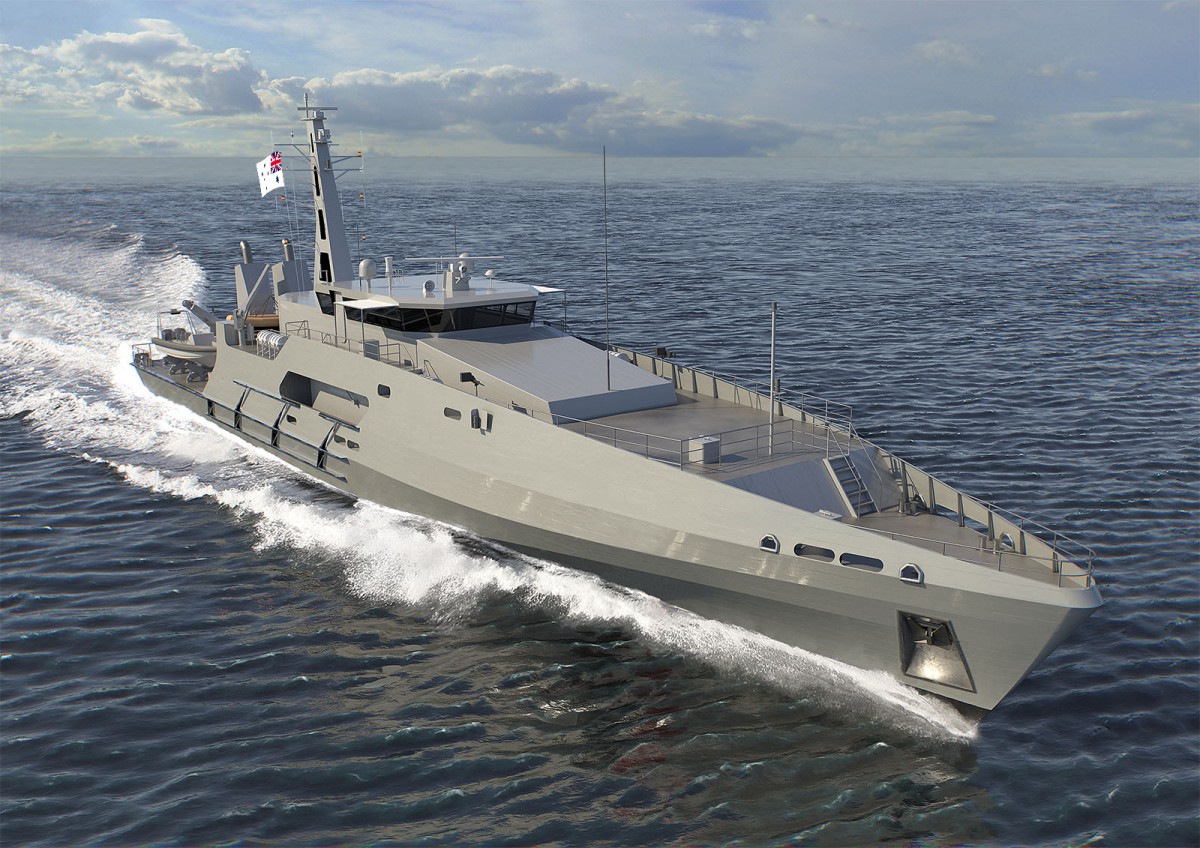Scott Elaurant
Well-Known Member
I also saw the ASPI article and agree with Joe Black and Mikey Mike. I cannot see any time advantage in trying to fit a “Son of Collins” or any other class of submarine in the ASC build schedule before building the SSNs. The former would only delay the latter. From an engineering viewpoint the critical components of the SSN program is who can supply the reactors (and probably whole reactor compartments) to the RAN to support an Adelaide build. Using the modular construction techniques pioneered on the Virginia (by Electric Boat Company) and Astute programs, the reactor compartments could be supplied as a sealed unit and added to an Adelaide assembled sub. The combat system would be supplied by Lockheed Martin and would be identical to taht intended for the Attack Class, so should not be a major problem. All the rest can be built in Australia.Australian-built evolved Collins needed to bridge the gap to nuclear subs

Australian-built evolved Collins needed to bridge the gap to nuclear subs | The Strategist
I should start by affirming my support for Australia’s transition to nuclear-propelled attack submarines, or SSNs, as my detailed study, delivered to the Department of Defence in 2013, and my public advocacy implies. I think ...www.aspistrategist.org.au
A piece by Peter Briggs, in my mind, one of the most qualified ex RAN submariner to comment on RAN future SSN. I have always thought building sons of Collins is the best course of action as a stop gap until the SSN becomes available. Simply doing LOTE on the existing Collins class boats is just short-sighted, and a mistake. LOTE for the newest 3 boats, and build another 3 or 4 evolved Collins would not only maintain the sub building skills through to the start of building SSN, but at the same time, it will ensure RAN will not have a capability gap.
Time wise I assume the following are the critical steps to permit quickest progress:
- decide which SSN program (RN or USN) to join
- establish SSN safety protocols, Australian regulator, training programs for crew and construction and maintenance workforces
- upgrade ASC sub shipyard to a nuclear engineering standard (to match relevant RN and/or USN standards)
- upgrade ASC facilities (e.g. ship-lift) to accomodate planned sub build. A Virginia Block V would be too long and too heavy to fit at present.
- order the reactors and preferably reach agreement with BAE UK or EB in USA to supply entire reactor compartments
- undertake any design modifications to suit local construction (local components, power supply, and combat system if Astute)
- start building modules!
I think all of that would take 4 years before construction started, assuming some steps could be done in parallel. It need not be the absurd ten year timeframes some have suggested before starting. In the mean time, while the ASC yard was being prepared, you would be recruiting and training the construction workforce. This was what never really happened in adequate scale with the Attack Class before it was cancelled.
Recruiting and training the extra sub crews, trained to SSN procedures, takes longer. However it also has a 10 to 12 year timeframe to be done in, because that is the earliest a locally built SSN could be completed in my opinion. So recruiting and training the construction workforce is the most time critical step. In my view all of this si possible in Adelaide
It is worth reading the Rand report into the Astute Class construction. There were lots of problems at first, due to most former cold war sub build skills having been lost. But once the Electric Boat Company was brought on at Barrow to oversee a shift to modular construction, digital engineering and SSN welding skills, the Astute construction was reorganised and under way in 3 years. The use of modular construction (in AWDs) and digital engineering are already established in local industry, so I see no reason we cannot go that way.
The big challenge in workforce recruiting will not be lots of PhDs. We are not going to design or redesign an SSN; we should stick as closely to the RN or USN SSN design as possible. The real challenge will be to recruit enough welders, electricians and the various other technical build specialsits, and training them all to SSN standards. These are very high for standards of workmanship, especially on the welding.
The Rand report is here

Learning from Experience
This volume presents a set of lessons learned from the United Kingdom's Astute submarine program that could help inform future program managers.
There is an excellent pictorial description of the modular construction and assembly process for Astutes in the Haynes Workshop Manual Series book on Astute Class Submarine production. I recommend it as a fascinating read to anyone interested. You can get it at most bookshops.
Astute Class Nuclear Submarine Manual Haynes Manuals
Buy Astute Class Nuclear Submarine Manual Haynes Manuals by Professor Jonathan Gates, HardCover format, from the Dymocks online bookstore.
My 2 cents worth.

